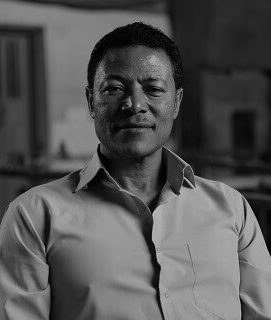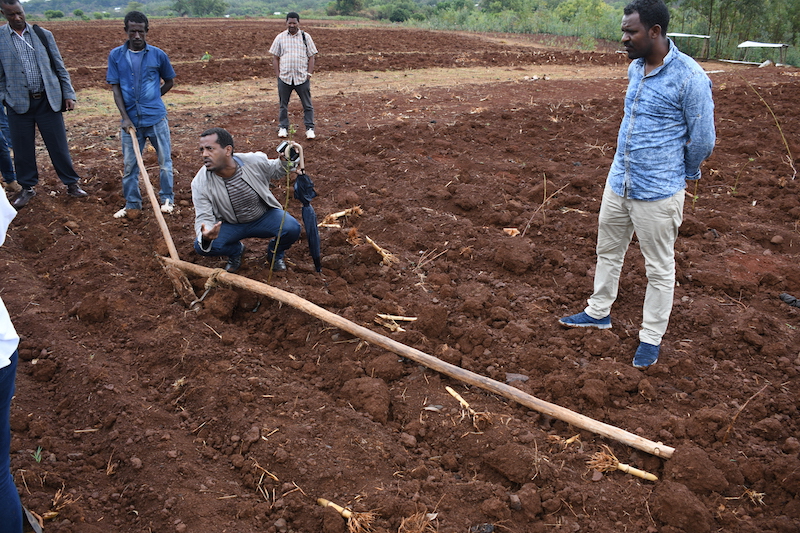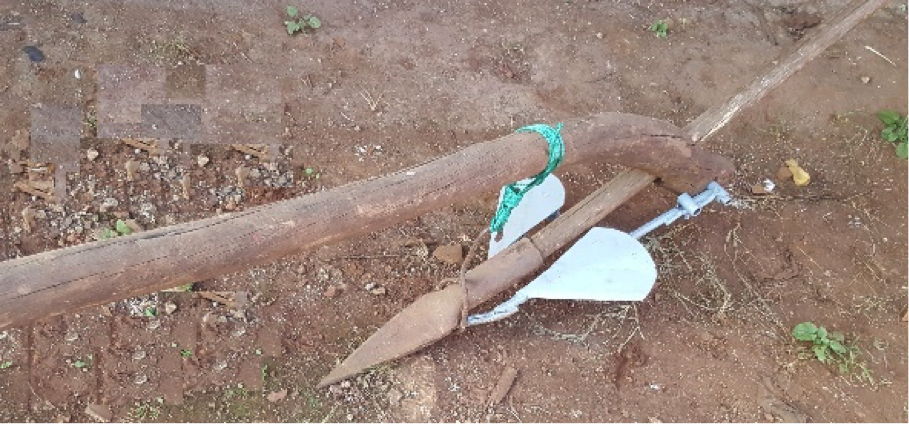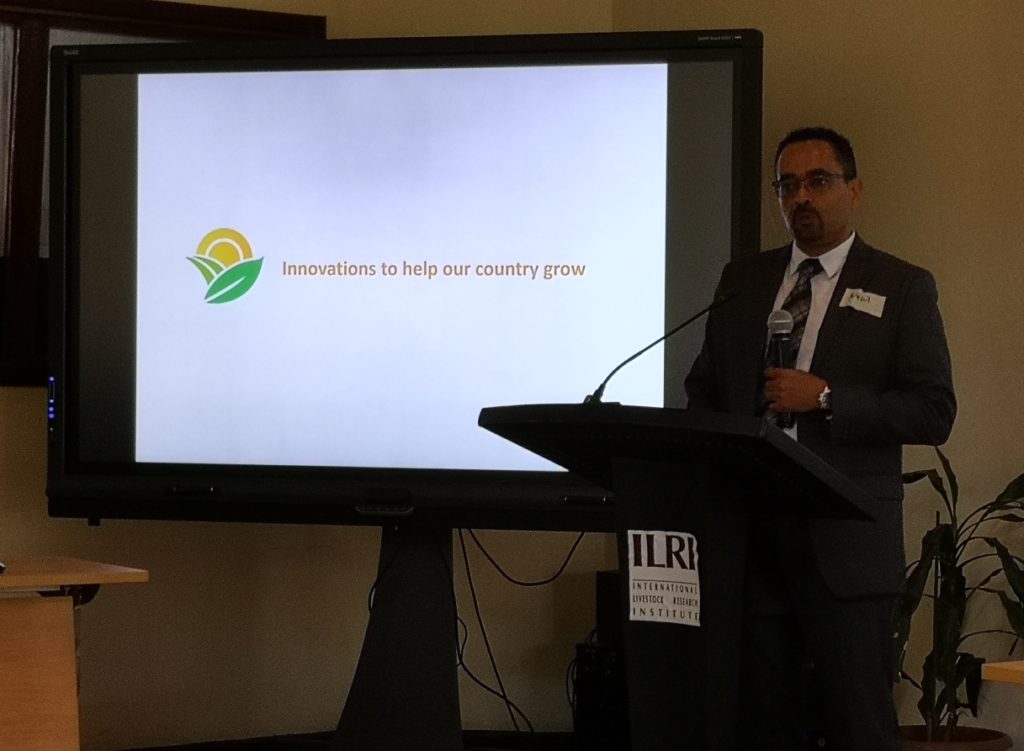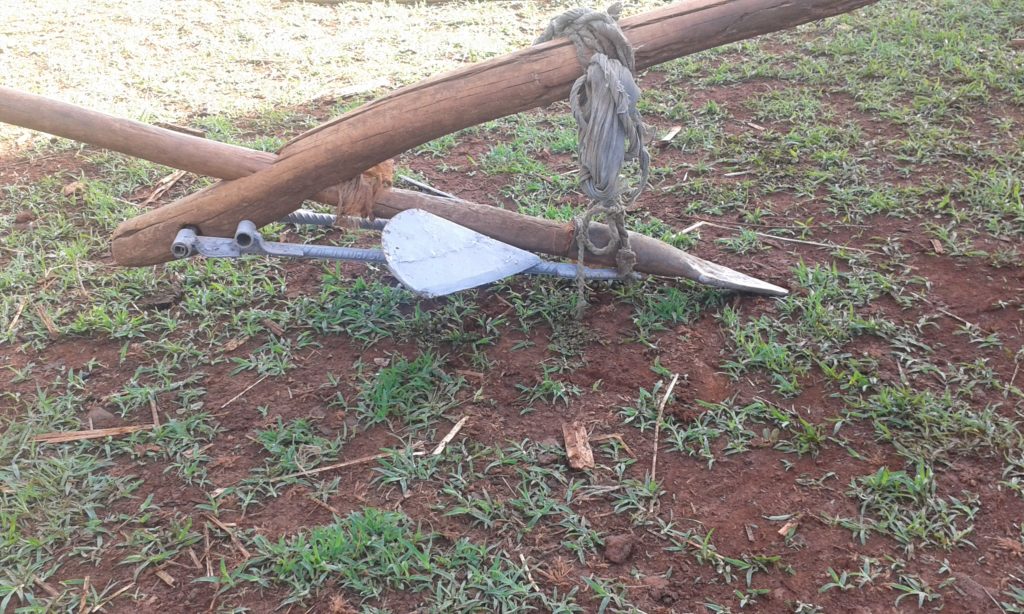“Farmer-led irrigation means that we start with the farmers and their farming systems, where diverse conditions and resources form a first barrier to scaling,” stated Thai Thi Minh, Senior Researcher for Upscaling Innovations at the International Water Management Institute (IWMI).
Minh spoke about experiences on farmer-led irrigation gained through her work with the Feed the Future Innovation Lab for Small Scale Irrigation (ILSSI) in a webinar that took place on June 11, 2020. The event was co-organized by IWMI, the World Bank, the Daugherty Water for Food Global Institute, and the Global Water Partnership, and it was the first in a two-part series.
Today, around 500 million farmers generate between 30 and 34 percent of the global food supply, but they face significant challenges, including competition for water and reliance on unpredictable rain to grow food. Now in the face of a global pandemic, enhancing farmers’ resilience by meeting water, food, and nutrition security goals, has never been more important. This is the background against which the organizers zoomed in on the potential of farmer-led irrigation.
Reflecting on challenges to bringing farmer-led irrigation to scale, Minh went on to say that this practice cannot be separated from agricultural value chains, in which barriers such as under-developed irrigation supply chains as well as limited input and output market linkages represent significant barriers. In a broader context, policy frameworks biased toward large-scheme irrigation development and use of technology-transfer approaches without understanding the actual demands across market segments hamper farmer-led irrigation from reaching scale. Minh’s recommendations for scaling included identifying which systemic barriers to tackle first, understanding how to increase investments in bundles of technologies and services, and identifying the public and private partnerships needed to scale, such as through multi-stakeholder dialogue platforms.
"We need to tackle #social and #gender norms hindering social inclusion" says @ThaiThiMinh1 @IWMI__ to invest in and expand #FarmerLedIrrigation.
— IWMI (@IWMI_) June 11, 2020
Join our FLI webinar #LiveNow 👉🏿https://t.co/hXV82ZEC2S with @WorldBankWater @waterforfood @GWPnews @IlssiTAMU @SunCultureKenya pic.twitter.com/YORMh828MJ
Speaking during the same webinar and addressing the matter of social inclusion, Nicole Lefore, ILSSI Director, highlighted the need for scientists and projects to invest in understanding what women actually want. Lefore said that while research suggests that millions of farmers can benefit from small scale irrigation, those figures assume that women farmers participate:
“But will women invest? Can they? Do they even want to?”
Highlighting a case in Mali, Lefore provided an example of a top-down, infrastructure-driven project, in which most funding went into construction and large solar pumps, but not into addressing women’s need to reduce labor. Women chose not to become members of the project’s farming cooperatives, because they were still expected to irrigate fields using calabash bowls.
“We need to understand whether women are interested in investing. And if they are, our approach to including them has to be part of a larger systemic approach, with multiple actors who will play different roles,” Lefore ended.
"Do #women farmers want to be leading #irrigation? In the field, or in other points in irrigated value chains? Before we aim for #inclusion of women, we should start with women actually" – @Water_for_Food Director @ilssiTAMU @ #FarmerLedIrrigation webinar👉🏿https://t.co/h16HbYBQIe pic.twitter.com/AuIRYYEL4V
— IWMI (@IWMI_) June 11, 2020
The webinar also featured contributions from Regassa Namara, Senior Water Economist at the World Bank, Phil Woodhouse, Professor of Environment and Development, University of Manchester, Nick Brozovic, Director of Policy, Daugherty Water for Food Global Institute, and Samir Ibrahim, CEO, SunCulture.
The second part of this webinar series on farmer-led irrigation will take place on July 9, 2020, and will focus on a systems approach to reaching scale.
- View Part 1: Farmer-led irrigation webinar
- Register now: Part 2: Accelerating inclusive farmer-led irrigation sustainably

